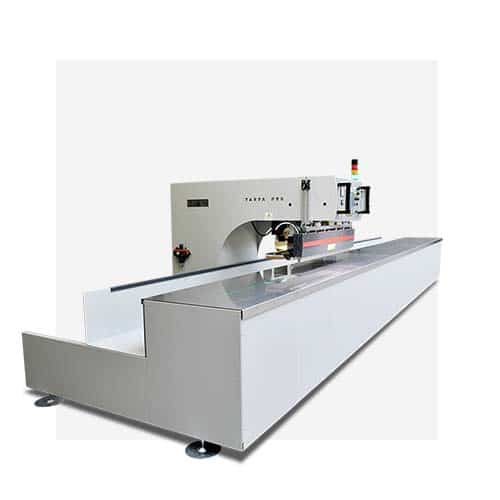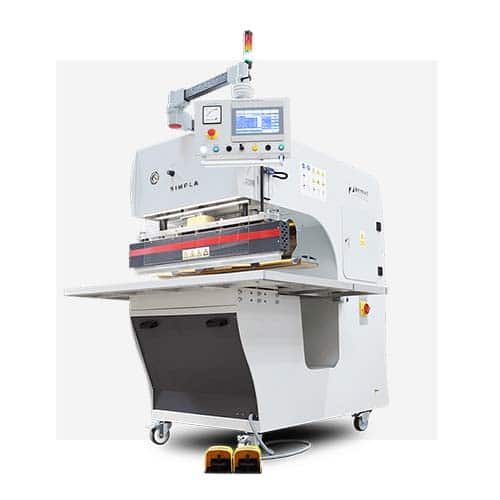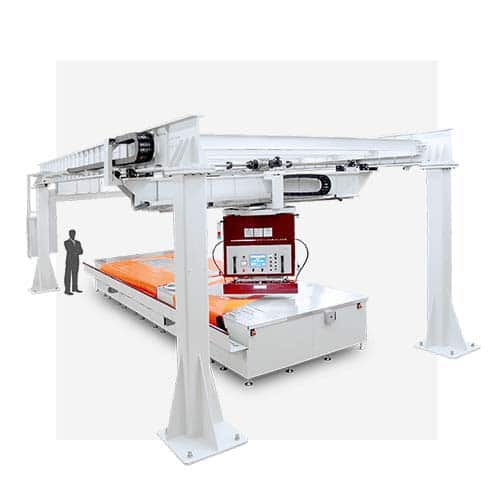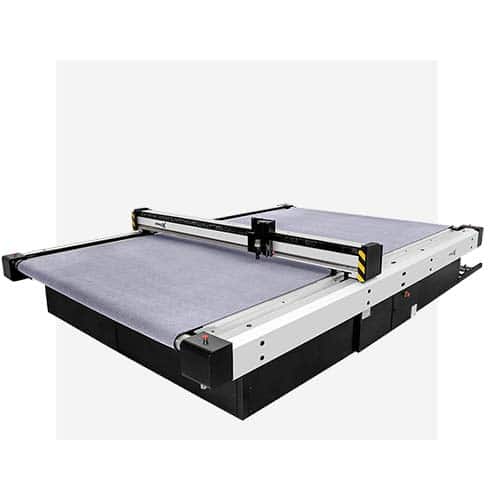Oil barriers are one of the most popular products that are used to separate liquids in reservoirs. Such air-filled barriers ensure – while floating on the water – an effective limitation of the area covered by water contaminated with engine oil. For the effectiveness of the dam, its preparation is very important – both the material used and the welds.
Oil booms ensure effective separation of dirty and clean water and are used not only in cases of emergency and requiring immediate reaction. They are also regularly used to reduce the risk of potential contamination.
Production of portable dams
Portable dams are made of flexible fabrics characterized by high oil resistance. They must also be easy to clean. They are manufactured in sections, which allows them to be quickly unfolded or folded. Thanks to this, it is possible to react immediately to the appeared problem. In addition, the modularity of the portable dams enables the individual sections to be easily connected. They are connected by special hooks – each manufacturer use own design solutions. In this way, any long dam is created, with each section connected to the next with the use of special enabling quick integration.
In the production of portable dams, several types of products can be distinguished. Specification of each type depends on the conditions where dam would be used. In products characterized by high stability, large cylindrical floats are used to obtain the effect of stability – the oil boom remains independent of external factors. It also allows it to be left in the water for a longer period of time. In other versions, strong cables attached to the structure are used to stabilize the dam. In addition to functional features, the oil barriers may differ in terms of width, freeboard, draft, length or ballast weight. Constant value should be whereas the appropriate resistance to the breaking force for a given length of the material. This factor determines the durability and strength of the entire product.
Construction of an oil barriers
Standard barriers are made of oil-resistant PVC fabric. In most cases, they are made in sections of 15 meters. The reinforcements of the dams made of polycarbonate or fiber glass ensures the expected level of strength and flexibility. The dams are finished with polypropylene belts and as additional element floats made of special foam are used.
It is important that floating oil barriers are made on machines, ensuring the quality of the welds. How does it work in practice? The ideal machine for making this type of products is TARPA PRO – a high-frequency welding machine developed by Zemat Technology Group – a machine that can have work table up to 100 m. long. On the tracks, it is possible to install more than one welding head, which improve the large-size elements production process. The heads can work simultaneously with each other while moving synchronously or they can be operated independently. This enables easy production of large-size structures made of technical fabrics covered with PVC, PU, TP or PE. The standard weld length is 1500 mm long and the width may vary depending on the electrode used.
Application of oil booms
Oil booms are used to limit the spreading of spills of any petroleum-derived substances or other chemical substances that may contaminate the environment. They can be used in port basins, rivers, lakes or canals. Despite contact with oil, they float on the water surface. They create a barrier which – thanks to modularity – can be treated as a solution of any length. They are also an important element of preventing hazards resulting from leaks. As a result, they play a key role in preventing environmental contamination.
The effective operation of an oil boom is only if it remains tight. So very important is that the oil boom is created with the use of specialized machines which ensures precision and durability.





